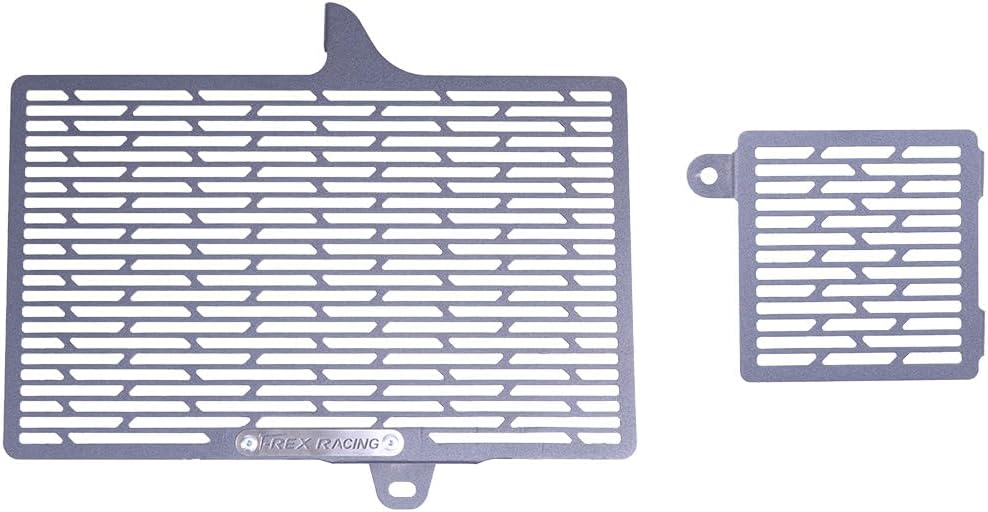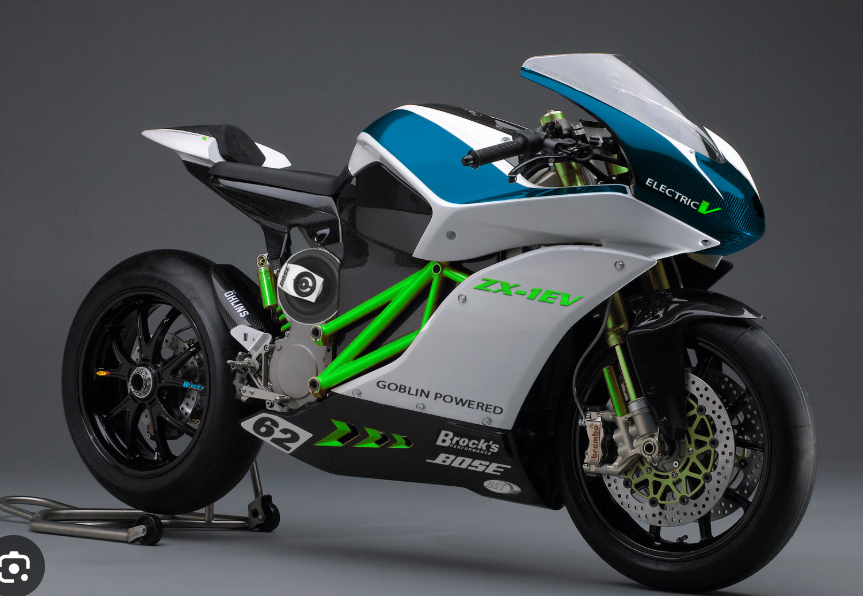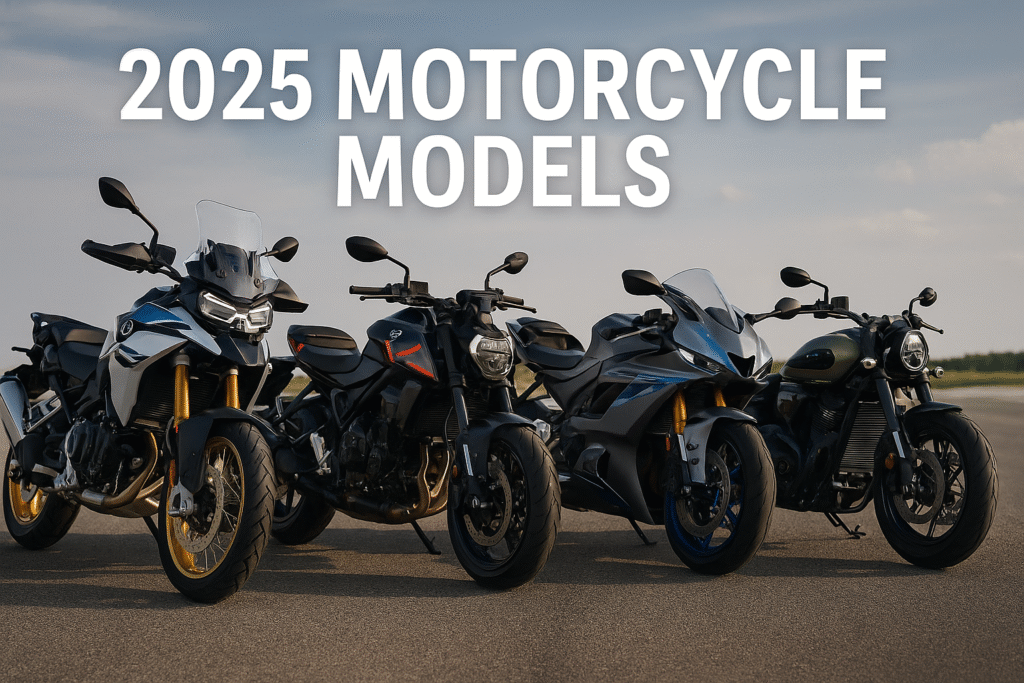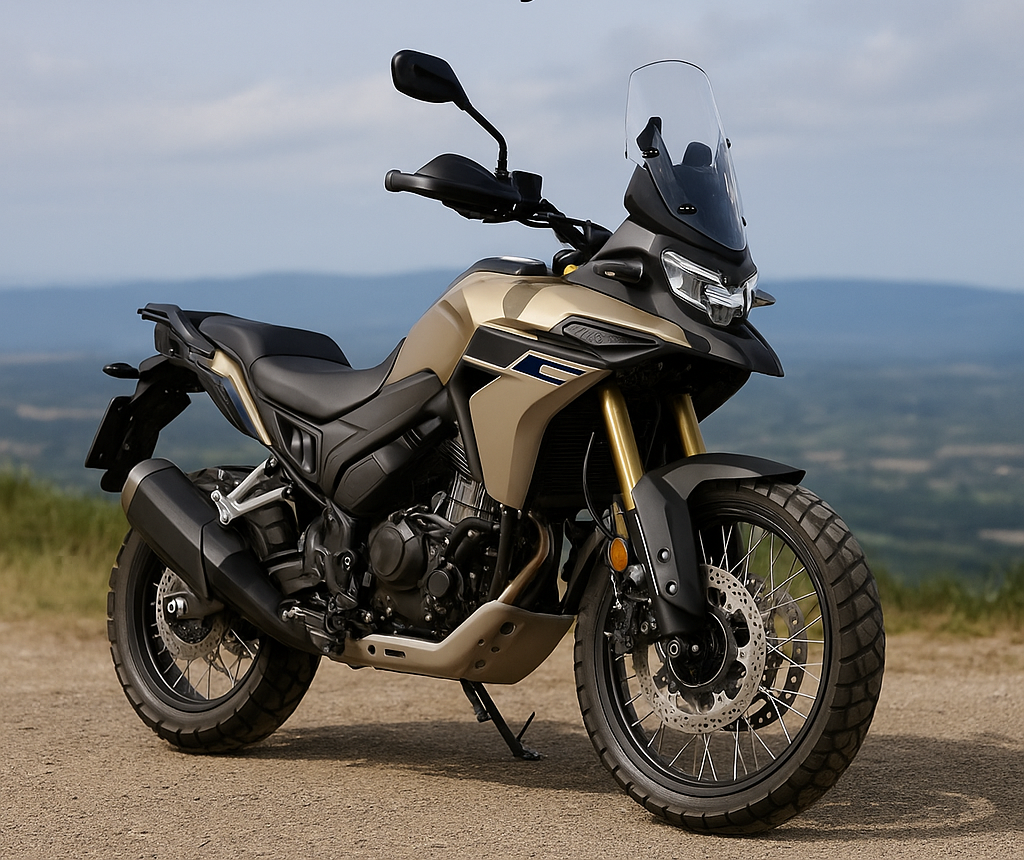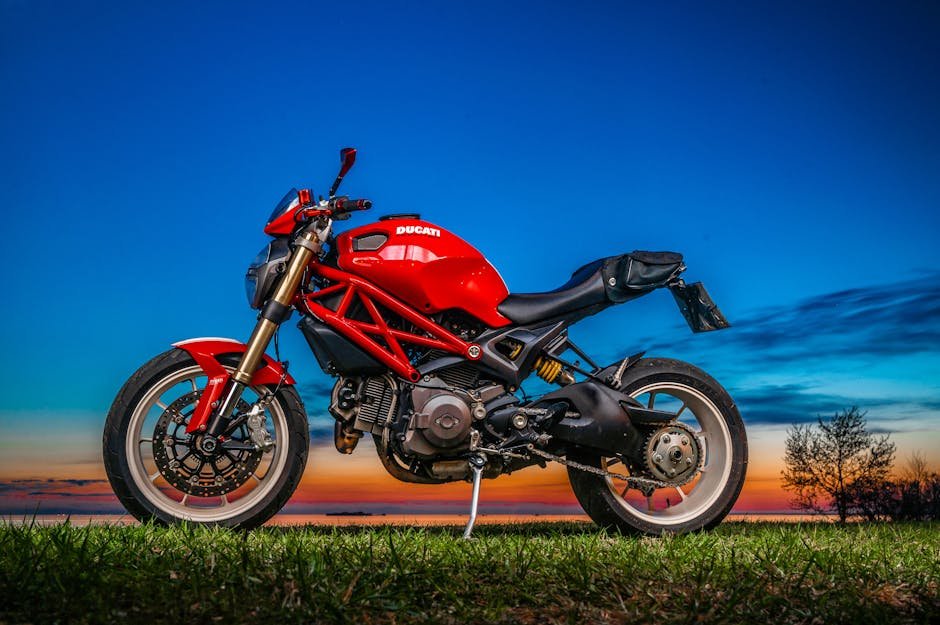Table of Contents
What happens when you cross a Ninja with a Prius? Kawasaki is about to show us. Motorcycle spies and industry whispers have spotted a Hybrid Ninja sportbike in testing, signaling that Kawasaki could launch a gas-electric hybrid motorcycle as soon as 2025. For riders, this raises a ton of questions – and excitement. Can a hybrid deliver the thrill we expect from a Ninja? How does it work? Let’s dive into what we know about this green (and green-lit) machine.
A Ninja with Two Hearts
Kawasaki has never been shy about trying new technology – they gave us the first supercharged production bikes (the H2 series), after all. Now they’re venturing into hybrid territory, which is a first for major motorcycle brands. The concept is straightforward in theory: combine an internal combustion engine with an electric motor on the same bike. In practice, it’s quite complex, but the advantages could be big.
The Hybrid Ninja prototype that’s been spied is believed to be called the Ninja 7 Hybrid. It reportedly uses a 451cc parallel-twin engine (derived from Kawasaki’s existing small twin platform, similar to what’s in the Ninja 400/500 range) mated to an electric motor. That might sound like a weird pairing – a relatively small engine in a Ninja? But here’s the kicker: the electric motor adds extra power when needed.
In fact, Kawasaki claims this hybrid system can deliver performance on par with much larger bikes. There’s talk that with both power sources combined, the Hybrid Ninja 7 can out-accelerate a 1000cc superbike from 0-60 mph under the right conditions. How? Because electric motors provide instant torque from 0 rpm, giving a huge shove off the line, while the gasoline engine provides sustained power as speeds rise.
The hybrid is expected to run in various modes:
Gasoline-Only Mode: For highway cruising or when the battery is low, running just on the petrol engine.
Electric-Only Mode (EV mode): Likely available at low speeds or for short distances, e.g., quietly navigating through your neighborhood or heavy traffic with zero emissions and virtually no sound. Imagine pulling out of your garage at 6 AM without waking the neighbors.
Hybrid Modes: Here’s where the magic is – the bike can use both power sources together. There might be a Sport-Hybrid mode that maximizes performance (engine + e-motor giving full grunt) and an Eco-Hybrid mode that optimizes fuel efficiency (maybe using the motor primarily and engine kicking in as needed).
On the test bikes, a distinctive feature seen is an extra bulge likely housing a battery and control unit, and the absence of a clutch lever in some sightings suggests the bike has an automated gearbox or transmission to manage the interplay of electric and gas power. Kawasaki has patents for a hybrid system using an automated manual transmission, which would make sense – shifting duties are handled by the bike’s electronics so the rider can just twist and go, with the system choosing the optimal combo of engine/motor.
How the Hybrid System Enhances the Ride
This isn’t just about saving fuel (though that’s a benefit). It’s also about performance and flexibility:
Boost on Demand (e-Boost): Kawasaki’s hybrid features a push-button “e-boost” function. Press a button and the electric motor kicks in full-force to give you a burst of acceleration, sort of like a F1 car’s KERS system or a video game nitro boost. It’s limited in duration (to prevent battery overheating), but it’s perfect for overtakes or just giggles. Think of it as a temporary power-up when you really want to feel a shove.
Seamless Power Delivery: Hybrids can fill in the gaps of an engine’s powerband. That 451cc twin might lack grunt at very low revs or have a dip during gear changes – the electric motor can cover those holes with instant torque, making acceleration feel buttery smooth and constant.
Regenerative Braking: The bike likely has regen braking, meaning when you roll off the throttle or brake, the electric motor turns into a generator, recharging the battery slightly (and slowing the bike in the process). This not only recovers energy but can also reduce wear on brake pads.
Idle Stop-Start: Spotted info suggests the Hybrid Ninja has an idle-stop system. At a stoplight, the petrol engine can shut off (saving fuel and cutting emissions). As soon as you twist the throttle to go, the electric motor silently restarts or even launches you forward before the engine fires back up. The transition is said to be slick – possibly the bike will use the electric motor to get rolling from a stop (where gas engines are least efficient) and then seamlessly bring in the engine once you’re moving.
Now, how about weight? Hybrids have batteries and extra hardware, so they tend to be heavier than a normal bike of equivalent size. Kawasaki likely has worked to keep weight reasonable – using a relatively small battery (since the goal is not long electric-only range, but short boosts). Some reports peg the hybrid Ninja’s weight around the same as a Ninja 650 or slightly more, which is impressive if true. Part of that might be because the 451cc twin and associated hardware is lighter than a bigger engine, offsetting some battery weight. If they include things like a carbon-fiber subframe or other light materials to compensate, that could help too.
Riding the Future: What to Expect
So, what would it feel like to ride this Hybrid Ninja? Riders who’ve tested prototypes (and a few journalists have, under strict embargo conditions) report an experience that’s both familiar and novel:
When you start the bike, it might initially be in EV mode, meaning there’s no engine rumble – just some whirring electronics. Twist the throttle gently, and you roll forward in eerie silence – a Ninja that makes hardly any sound! It’s like stealth mode. For city riding or early morning departures, this is actually super pleasant.
As you pick up speed or give it more throttle, the petrol engine kicks in almost imperceptibly, except now you hear it purring. Kawasaki will probably engineer it so the engine starting/stopping is very smooth – they might use the electric motor to spin the engine up to speed before introducing fuel, so there’s no jarring start.
In Sport-Hybrid mode, if you whack open the throttle, both power sources unite. You’d feel a strong surge, comparable to maybe a 700-800cc class bike at least. That’s from a 451cc base engine – pretty wild. And as mentioned, using the e-boost button might give an extra hit; imagine a sudden acceleration like you’ve been slingshot, then a slight tapering when the boost time runs out, but by then the engine’s fully screaming and carrying the momentum.
Handling-wise, you might notice a bit of weight, but Kawasaki positioned the battery down low (likely where a normal bike’s fuel might be, since the fuel tank on the hybrid could be smaller). The center of gravity could actually be quite low, making the bike feel planted in corners and stable at low speeds.
There’s also a novelty in managing two “fuel” sources: you’ll probably have both a gas gauge and a battery gauge on the dashboard. Maybe the dash will have cool graphics showing when you’re charging, when you’re boosting, etc., similar to a car’s hybrid info display.
One interesting feature Kawasaki confirmed: a “Walk Mode” with reverse. They use the electric motor to power a creep function forwards or backwards. This is genius on a heavier bike – it means you can back out of a parking spot or inch forward in a garage by just modulating a switch, no foot paddling needed. Gold Wings and big tourers have such features; bringing it to a sportier bike via the electric motor is a bonus side-effect of going hybrid.
Why a Hybrid, and Who Is It For?
Some might ask, why hybrid and not full electric? Kawasaki is actually working on full electrics too (they released the Ninja e-1, a small electric, for example). But a hybrid offers a bridge:
No range anxiety – you can fuel up at any gas station and keep going, while still getting some electric benefits.
Smaller battery – which means less weight and cost than a full EV that needs a big battery for long range.
Demonstration of tech – Kawasaki can claim a world’s first (mainstream hybrid bike), showcasing their engineering.
Real-world efficiency – If ridden wisely, the hybrid could significantly improve fuel economy in city conditions and reduce emissions, without sacrificing the joy of riding. Commuters might find it appealing to save fuel, yet on weekends you still have a bike that can tear up a back road.
The Hybrid Ninja might appeal to tech-savvy riders, early adopters, or commuters who want one bike that’s versatile. It might also appeal to folks intrigued by EVs but not ready to go full electric due to range limitations – with the hybrid, you get a taste of electric riding without the commitment.
Kawasaki likely sees this as part of a larger strategy. They’ve publicly said that by 2035 in certain markets, they intend for all their bikes to be electric or hybrid. That’s a bold claim, and the Hybrid Ninja is step one on that path.
Coming Soon: The Green (and Mean) Machine
If the testing and development stay on track, we could see Kawasaki officially pull the cover off the hybrid Ninja sometime in 2024, with availability in 2025. It might initially be a limited release (perhaps starting in Europe or Japan where emissions rules are tighter, or as a special-order model) but if successful, it could expand.
For casual riders, this is an interesting development to watch. It’s not every day a whole new category of motorcycle is born. Remember the early 2000s when the first rumors of motorcycle ABS or fuel injection started, and traditionalists were skeptical? Now those are commonplace. Hybrids might follow a similar trajectory: new and curious now, maybe commonplace later.
Will it be everyone’s cup of tea? Probably not. Hardcore sportbike fans might grumble about weight and complexity, cruiser folks might shrug because it doesn’t rumble like a big twin. But there’s likely a niche here that will only grow as technology improves. And hey, if it proves anything, it’s that the motorcycle industry isn’t stuck in a rut – innovation is alive and well.
So the next time you hear a slight buzz next to you at a stoplight and see a Kawasaki Ninja that looks a little different, don’t be too surprised if it then rockets off with an electric whirr and gasoline scream in harmony. The hybrid era is nearly upon us, and Kawasaki is making sure it arrives with a Ninja kick.
Related Products on Amazon

